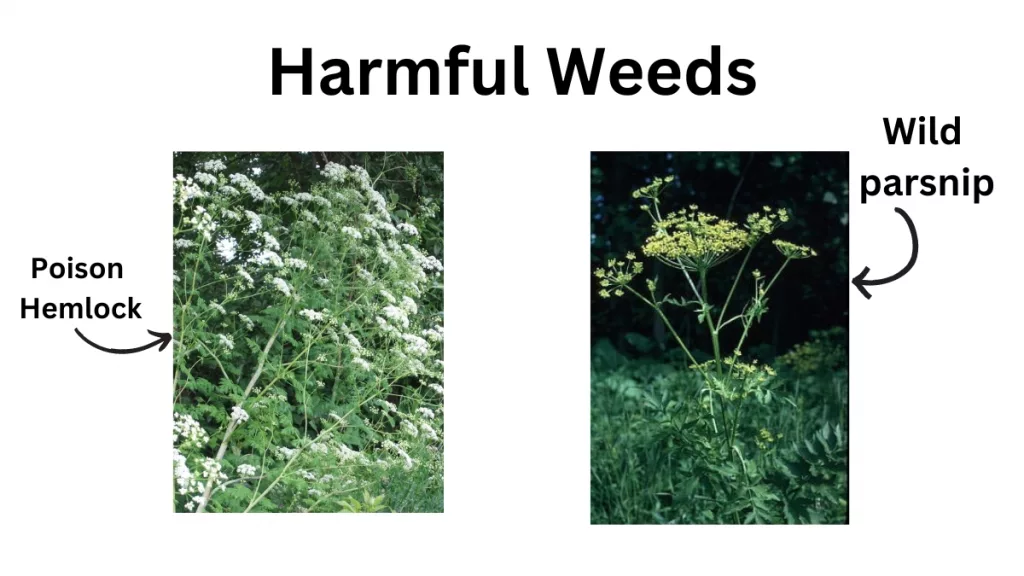The Audubon County Weed Commissioner wants to warn Audubon residents and anyone visiting of the overabundance of weeds that can cause harm to people or pets if ingested or in contact with skin. Poison hemlock and wild parsnip are poisonous plants native to Europe and Asia. European settlers brought them over, and the seeds quickly spread throughout the United States. Both weeds have been spotted and present in parks, campgrounds, ball friends, roadsides, and fields throughout the county. Poison hemlock has fine-cut feathery leaves with purple-spotted stems, producing white umbrella-shaped flowers. Queen Anne’s lace and garden angelica are often mistaken for poison hemlock, but a distinct difference is that Queen Anne’s Lace flowers are flat-topped, and garden angelica has a solid purple stem. Wild parsnip has a green stem with deep grooves, non-feathery leaves, and yellow flat-topped flowers. The leaves of the wild parsnip have an oil that reacts to the sunlight and can leave burns that blister and scar if coming in contact with skin. Poison hemlock has to be ingested to cause harm, but a small amount is enough to kill an adult cow. Parents and guardians are asked to watch young children who run through the grass to ensure no contact is made with either of these weeds. Anyone who believes they have this plant on their property is asked to dispose of it, as both are invasive and spread quickly. Anyone needing help identifying the weeds in Audubon County is asked to contact Kent Grabill, Weed Commissioner, at 712-304-5367.










